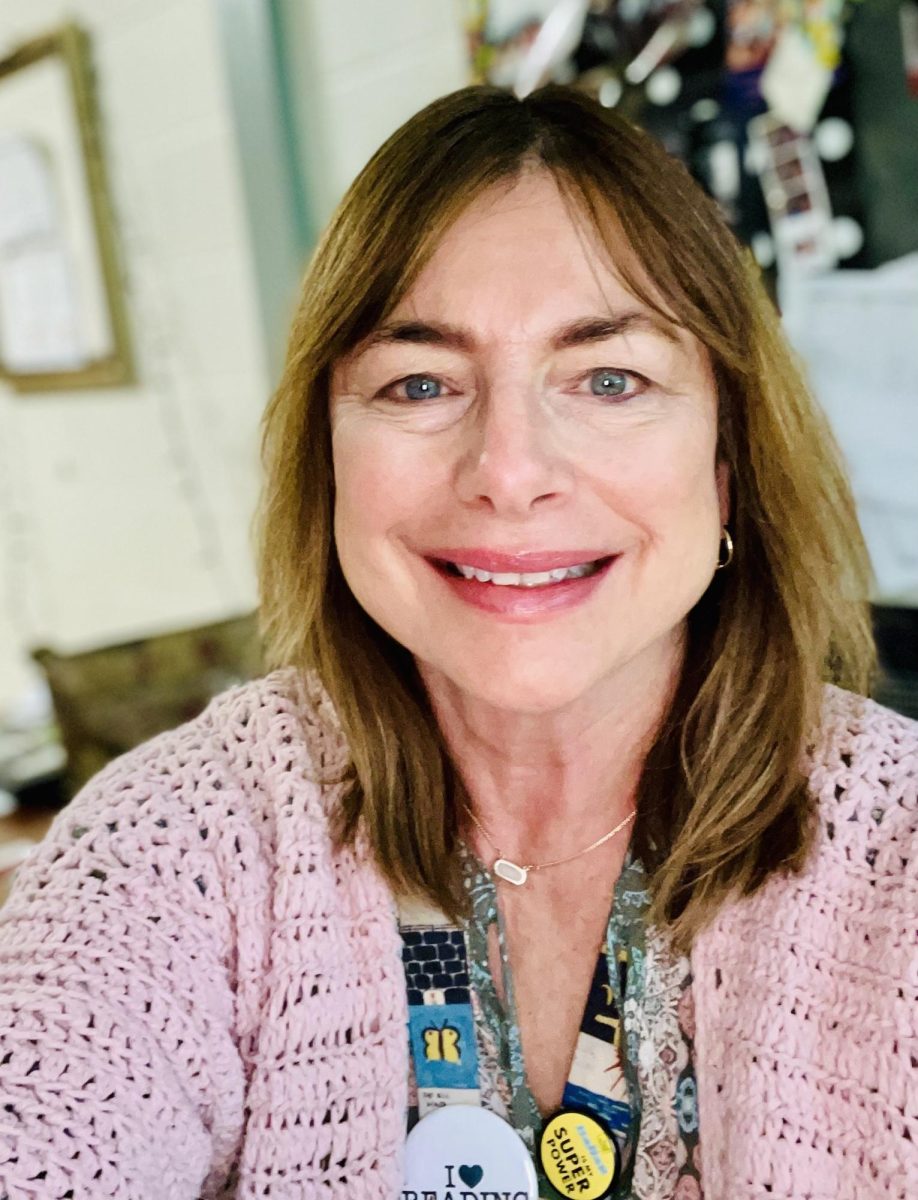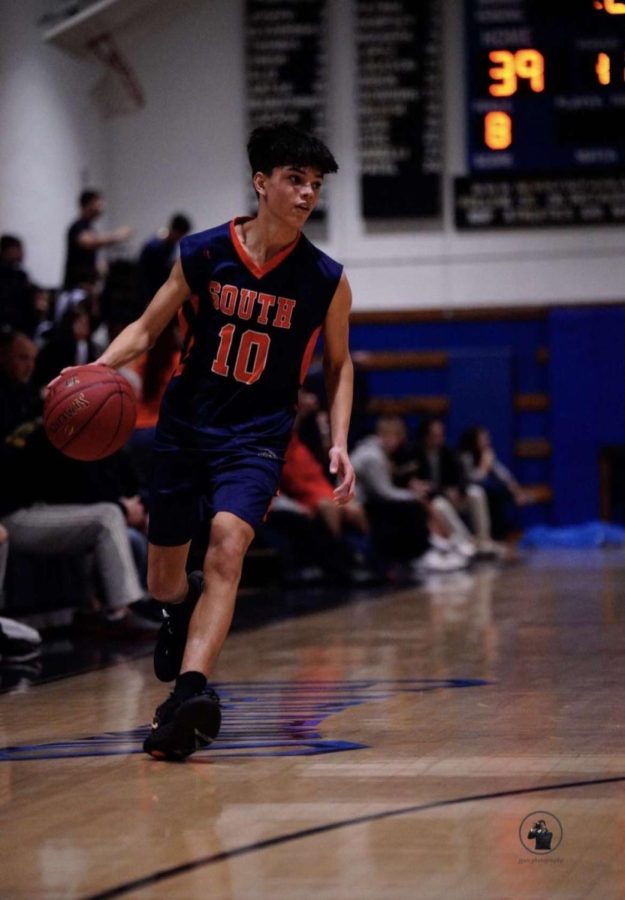
By Betsy Tanenbaum
For the first time in South’s history, a women’s history class has been added to the social studies curriculum. This new class, titled Women’s History, is offered to seniors as a half-year elective to fulfill their social studies credit. Ms. Lynda Good, the Social Studies Department Chair, wrote the course proposal with the goal of “familiarizing students with the many women not mentioned in a United States history textbook and furthering their understanding of the contributions that ‘known’ women have made to society.“
With more than 25 years of teaching experience and participation in numerous women’s history courses, including being selected to attend a weeklong program offered by the National Endowment for the Humanities, Ms. Good is excited about the opportunity to teach students about a specific genre in United States history.
Through readings, music, current event discussions, videos, research, and student presentations, the structure of the class gives each student a chance to voice his or her opinion. “There is always time to debate about various issues, which gives the whole class a hands-on kind of feel,” said senior Serena Shen.
“It’s great fun getting involved in deep political discussions of our own,” agreed senior Michelle Geffner.
“There are so many great American women that history has forgotten, and this class is definitely a chance for them to shine,” Shen added.
Ms. Good’s curriculum begins at the start of the First Wave in 1848, around the time of the Seneca Falls Convention, in which feminists fought for their voting, property, and legal rights. The timeline continues to present day, covering the Second Wave of the feminist fight in the 1960s as well as the fight that all women face today: to obtain equal status to men. Though women have suffered throughout history, it is important to note that women’s social, political, and economic rights have evolved over time. “I focus on issues including equal pay for equal work, participation in government, voting rights, abortion, discrimination, and gender biases,” said Ms. Good.
Just because the class is called Women’s History, however, doesn’t mean that boys are excluded. In a class of X students, there is only one boy—senior Jeremy Kramer. “More boys should enroll in the class because it is important to learn about history from another perspective,” Kramer explained.
Shen agrees. “It would be great to have more male opinions in the class, because for a full understanding, all views have to be present and considered. With a class that is 95 percent girls, we don’t get that ‘other-side’ of the story,” said Shen.
According to Ms. Good, “Jeremy’s opinion makes for great discussion, and we would love to hear the valuable voices of other male students.”
When asked to name her favorite historical female figure, Ms. Good named no woman in particular. Rather, she said, “I encourage my students to learn about the women who interest them and their particular values – whether it’s journalism, medicine, politics.
Both Geffner and Shen agreed that Gloria Steinem is the most fascinating woman they have learned about thus far: she is an eighty-year-old woman who was a leader in the Second Wave feminist movement, yet she is still very much involved in advancing women’s rights and equality.
Kramer stated that the Equal Rights Amendment (ERA) is the most fascinating piece of legislation he has learned about so far. Proposed in the 1920s to guarantee equal rights for women, it never passed. As a sign of women’s relentless spirit, they have reintroduced this bill to Congress every year since.
As a half-year course, the Women’s History class will end at the close of second quarter. “Unfortunately, there was only enrollment for one semesters worth; however, I hope students show a vested interest and are encouraged to sign up for this class in the future,” said Ms. Good.
Categories:
A Good History Lesson: Introducing South’s New Women’s History Course
March 2, 2015
0
Tags:
More to Discover








